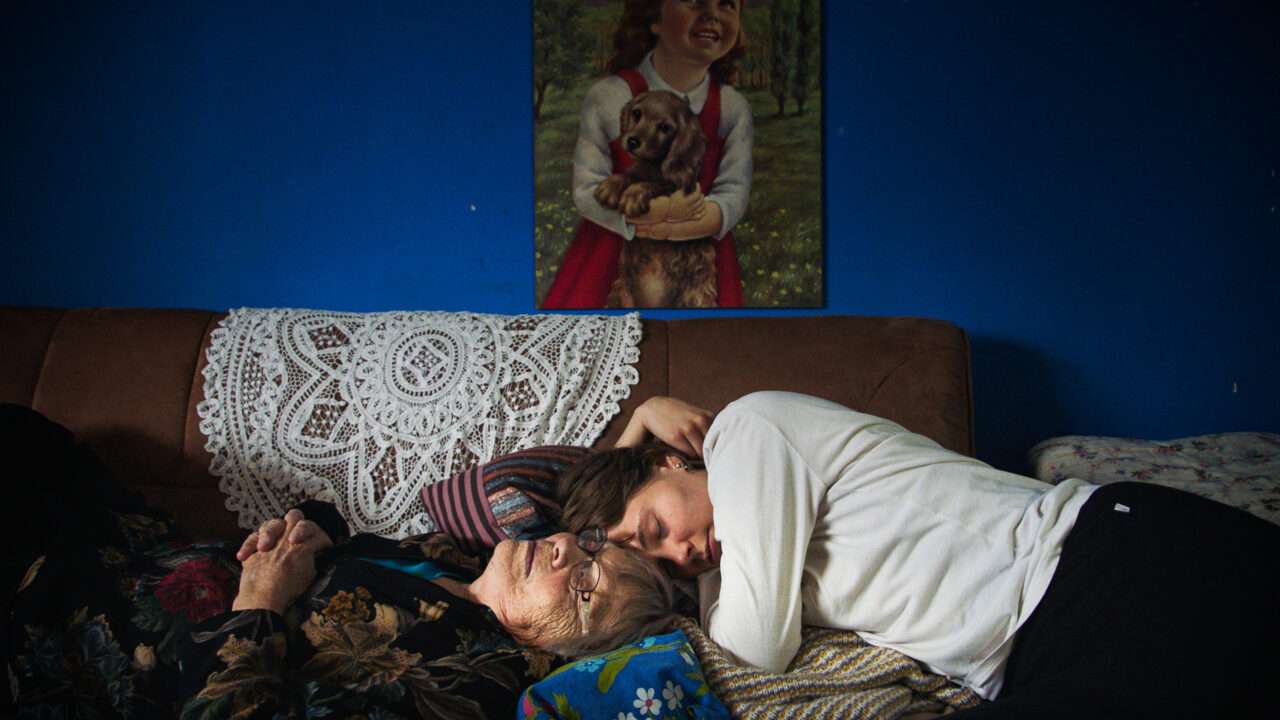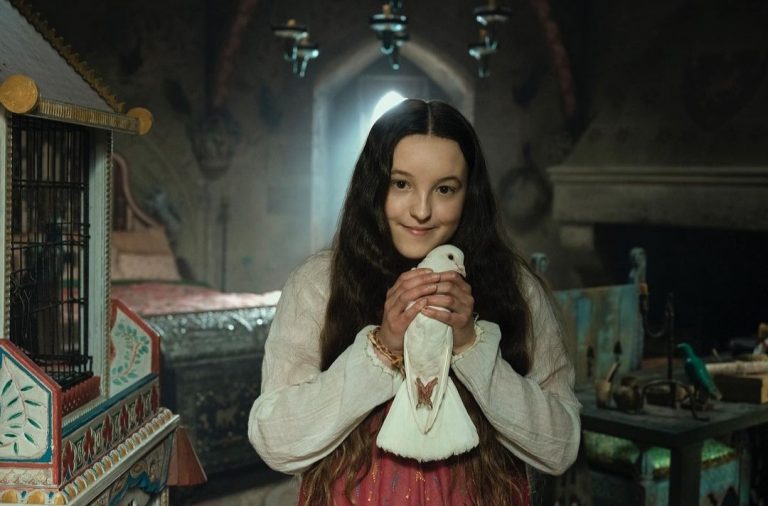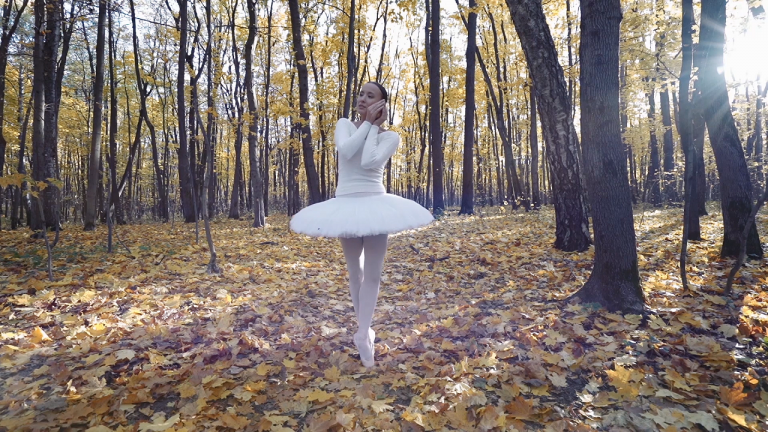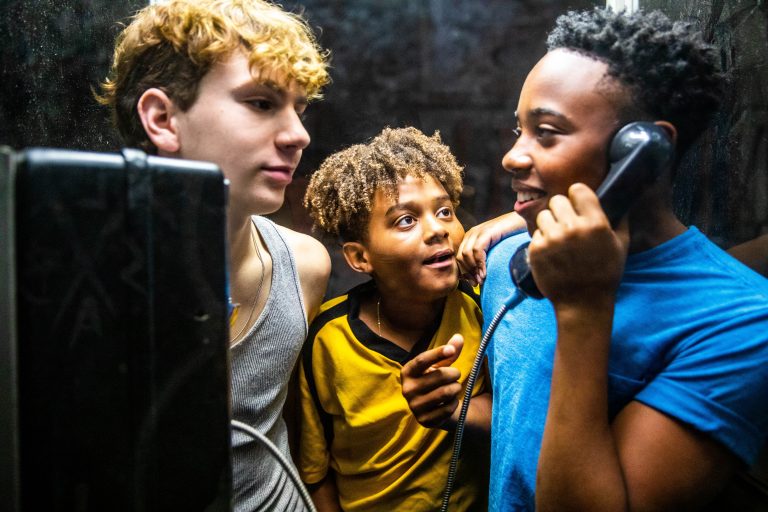How do you rally for a cause even while everyone and everything is pitted against you? Do you slowly lose hope or remain adamant in the vision and ethos that drives you? The young activists fighting to protect Finland’s precarious biodiversity in Virpi Suutari’s brilliant, immersive documentary, Once Upon A Time In A Forest, are committed and singularly focused in their mission which often leads them into risk and isolation.
The people whose moves they are staunchly staving off are the honchos of the forest industry who wield impossibly high stakes in Finland’s economy and national prospects. This doesn’t frighten or deter the activists, two of whom, Ida and Minka, assume center stage in the film. Instead, they are further propelled on encountering the hideous, blinkered reasoning of the industry leaders who claim to see but shut themselves off from any ecologically sustainable practices.
The opening note informs us that ninety percent of Finland’s forests are used for commercial gain. Ida, Minka, and their team push for a concerted strategy to contest logging and uphold carbon sinks. They are compelled to navigate and battle through a mesh of warring perspectives and ideologies that couldn’t be any farther from their belief system. Importantly, Suutari intersperses these confrontational conversations throughout her film that enable us to see the activists are wrestling with no spectrally distant forces but one that is so systemic it trickles down to their own families.
Ida’s own grandfather is vehemently opposed to their ideology, asserting letting decaying woods remain untouched is a waste of state funds. Ida questions him if he really means that it is unnatural to leave forests in their natural state. These clashes enrich and expand the scope of the film beyond its angular focus on the crusaders, whom we follow as they think through their praxis of protest.
In a moving moment, they exhort the industry decision-makers to follow their moral compass, inquiring if they pause to question their ethical standpoint. While these deliberations don’t progress beyond tokenistic gestures of exchange, Ida and Minka admit the immense genuflection of their personas they are forced into in order to have even their voices heard at the table.

The film has pockets of beauty and tenderness while the aspect ratio shifts, and the frame opens up as the activists seek out moments of quiet amidst the unruffled grandeur of nature. It is as if, in these stolen moments, they re-energize themselves and brace themselves before heading out and resuming their fierce, dogged fight. It becomes a space of reflection and spiritual replenishment for these people who constantly have every ounce of their resistance being knocked out.
The eco-positive philosophy they espouse brings them under immediate attack. One of them calls themselves an endangered species with fates not so dissimilar from those plants, ferns, birds, and insects they survey in forests. The cinematography by Teemu Liakka and Jani Kumpulainen renders these punctuating sections with a luminous, magical, and dreamlike glow. The grace of living and inhabiting the natural world in all its gentle glory lights such moments. This deftly realized juxtaposition between partaking in the calm, sublime wonder and brittle crusading establishes a much-needed emotional balance in the narrative.
Once Upon A Time In A Forest is visually splendid and utterly captivating, inviting us into everyday lives and fuelling the passion of a small cabal of warriors wholly determined to conserve imperiled natural forests. This small group is a proponent of a worldview that resists and challenges the massive, all-threatening commercial logic of corporations that have State patronage.
As a terrific, bristling portrait of hardy activism that can weather obstacles and setbacks, Once Upon A Time In A Forest has stinging, scalding power and import. The people at its center have solid nerves and are capable of putting up a mighty, firm fight to cling to and save what they care for. Suutari envisages potential for radical hope even as the subjects of her film reinstate there’s nothing remotely extraordinary about their actions.
Ida is surprised by everyone’s regular passivity and sheer indifference. A telling moment when she confesses her confusion over how people are able to live with guilt in the contradiction between how one lives and what one thinks as right cuts directly to the heart of what hurls the activists along their increasingly lonely path. Therefore, the activists don’t posit their interrogation of nationally supported enterprises as exceptionalist in tone and tenor but one that draws potency from its essentialism.





![Daddy Longlegs [2009] Review: The Most Personal Safdie Brothers Films](https://79468c92.delivery.rocketcdn.me/wp-content/uploads/2020/07/EB20100609REVIEWS100609977AR-768x432.jpg)
![Wildland [2020]: ‘Fantasia’ Review – Danish ‘Animal Kingdom’ is about the vicious circle of violence](https://79468c92.delivery.rocketcdn.me/wp-content/uploads/2020/08/Wildland-Movie-Review-highonfilms-3-768x442.jpg)


